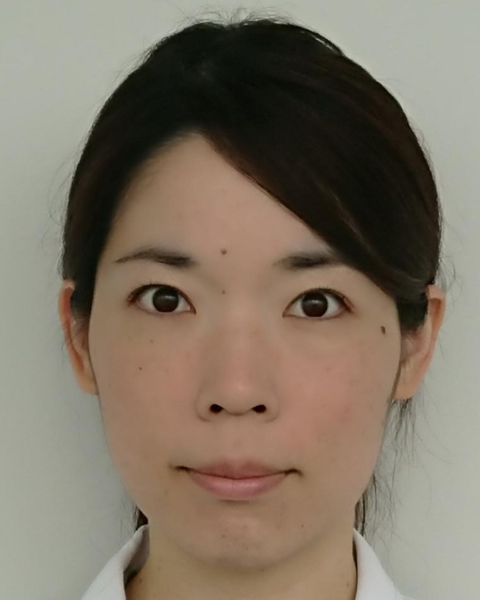2024 Technical Program
Surfactants and Detergents
Sustainable anionic surfactant bio-based Internal Olefin Sulfonate and its keys to achieve both higher surface activity and superior water solubility

Yukiko Tabuchi
Researcher
Kao corporation
Wakayama, Wakayama, Japan- TS
Takanori Saitoh
Manager
Kao corporation
Tokyo, Tokyo, Japan .jpg)
Satomi Nakazono, MA (she/her/hers)
Researcher
Kao corporation
Tokyo, Tokyo, Japan- AM
Atsushi Miyazaki
Researcher
Kao corporation
Wakayama, Wakayama, Japan - TS
Tadashi Sugahara
Researcher
Kao corporation
Wakayama, Wakayama, Japan - TS
Takaya Sakai
Research Fellow
Kao corporation, Tokyo, Japan
Presenting Author(s)
Co-Author(s)
The development of sustainable surfactants is essential to supply detergents to people all over the world. Currently, most surfactants used in detergents are derived from C12/14 residue, so only 5 % of the whole vegetable oil can be used for such purpose. Therefore, we tried to use C16/18 residue, which are found in many vegetable oils to expand the option of the resources, and developed bio-based internal olefin sulfonate, bio-based IOS.
Surprisingly, bio-based IOS exhibits significantly lower krafft point and critical micelle concentration, which are difficult to achieve with conventional surfactants. Therefore, we expect that bio-based IOS is one of the sustainable surfactants with global usability and higher performance with smaller amounts. To understand the reason why bio-based IOS can satisfy with both excellent water solubility and superior surface activity, we conducted 1H-NMR and FT-IR analysis to investigate the molecular conformation of bio-based IOS in water. The results revealed that the two different lengths of alkyl chains of bio-based IOS are aligned in the same direction, and intramolecular hydrogen bonds occur between the sulfo and hydroxy groups. This unique molecular structure inhibits insolubility in water, allowing bio-based IOS to maintain high surface activity and excellent water solubility.
In addition, we will also discuss its application in laundry detergents.

.jpg)